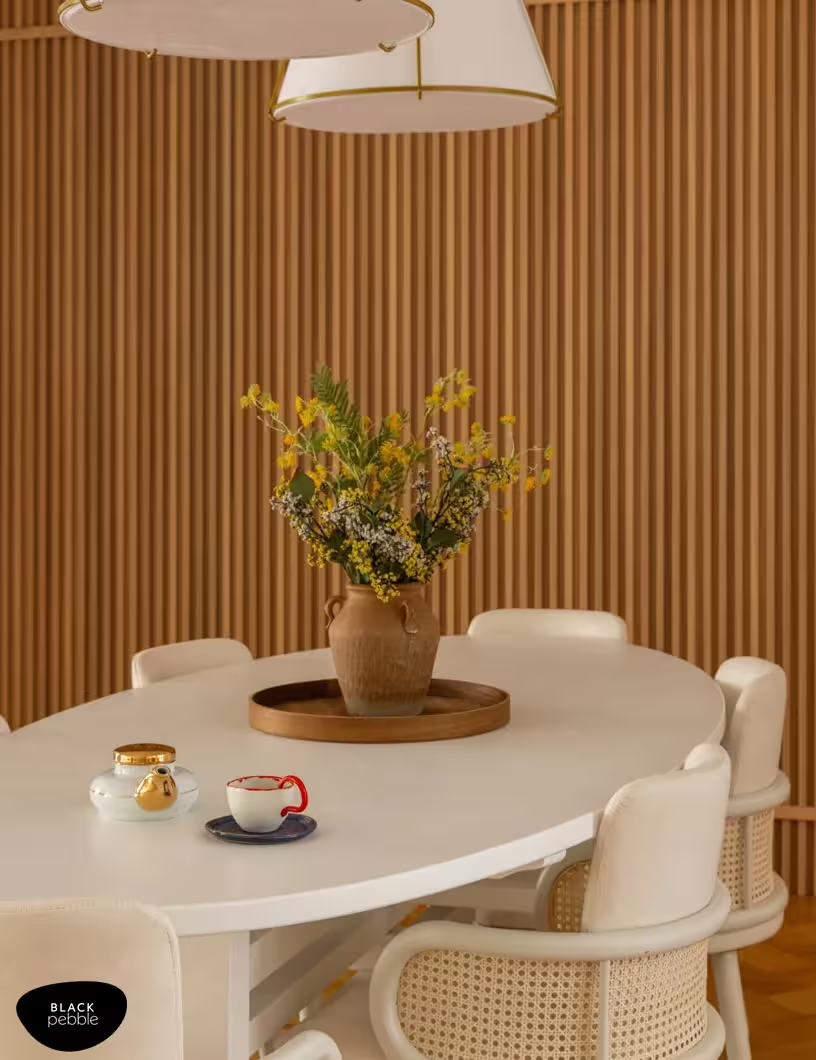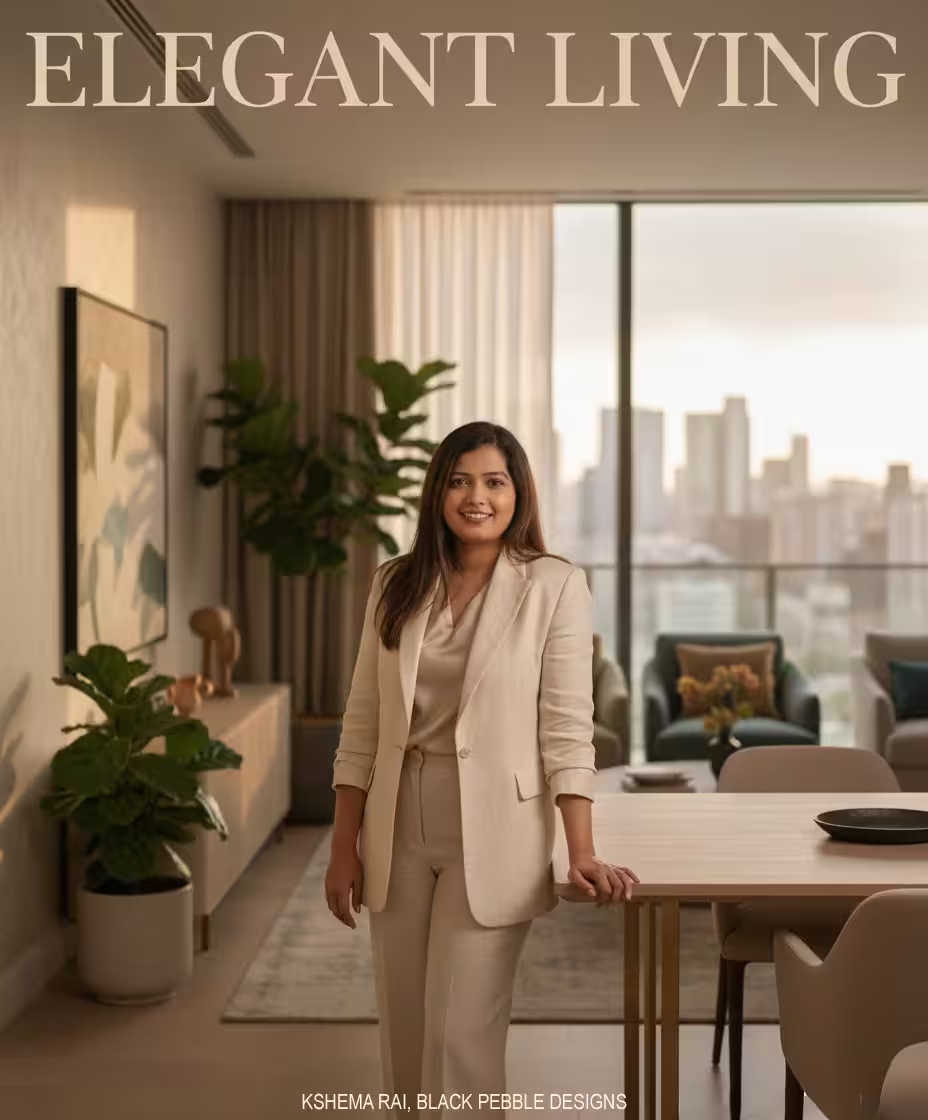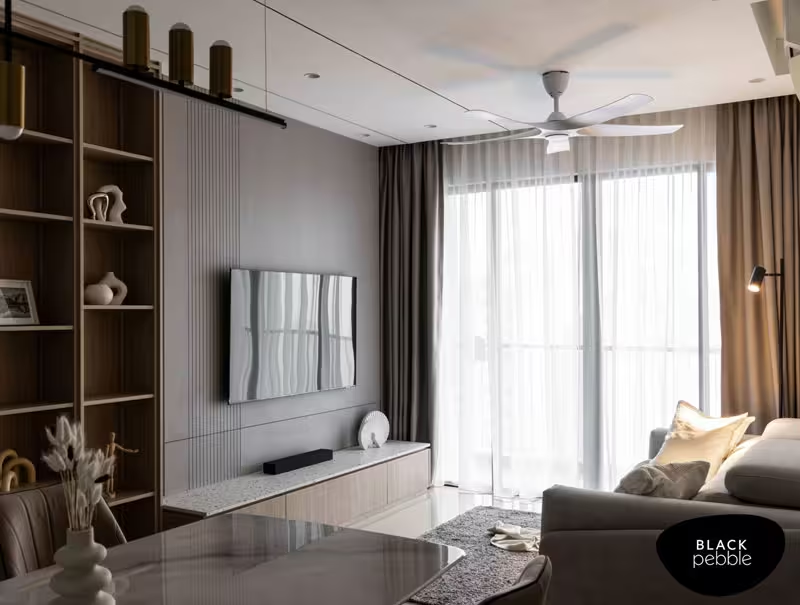Maximizing Natural Light: Brightening Up Your Indian Home
The interplay of natural light within a home can dramatically alter its ambiance, impacting everything from mood to energy efficiency. In India, where the tropical and subtropical climates can often lead to oppressive heat, harnessing natural light effectively becomes paramount. By maximizing this abundant resource, homeowners can not only elevate the aesthetic of their spaces but also create more comfortable environments. Here are practical strategies and insights for brightening up your Indian home through the thoughtful use of natural light.
Understanding the Importance of Natural Light
Natural light is not merely a functional aspect of a home; it serves as a vital element that influences psychological well-being and physical health. Studies have shown that exposure to daylight can enhance mood, boost productivity, and improve sleep patterns. For many individuals living in urban areas, where high-rise buildings can obstruct sunlight, creating spaces that allow for maximum light penetration is essential.
Moreover, utilizing natural light reduces reliance on artificial lighting during the day, leading to significant energy savings. This is particularly relevant in India, where electricity costs can be substantial. Homes designed with ample daylighting can offer both environmental and economic benefits while creating inviting atmospheres.
Architectural Considerations for Daylight Optimization
The architectural design of a home plays a crucial role in how effectively it captures natural light. Several key considerations should guide homeowners and designers alike:
Orientation of the Home
In Indian architecture, orientation is critical. Ideally, living spaces should be oriented towards the north or northeast to maximize exposure to soft sunlight throughout the day while minimizing harsh glare. South-facing windows can also provide good daylight interior designers in mangalore but may require additional shading solutions to avoid overheating.
Window Placement and Size
Large windows or glass doors allow abundant natural light into a space. Strategic window placement—such as positioning them opposite each other—creates cross-ventilation and enhances daylighting. Additionally, incorporating clerestory windows or skylights can help illuminate darker areas without compromising privacy.
Open Floor Plans
Open floor plans facilitate the free flow of light between rooms. By minimizing walls and barriers, light from windows in one part of the house can penetrate deeper into adjacent spaces. This not only brightens up areas that might otherwise remain dark but also fosters a sense of connectivity within the home.
Utilizing Reflective Surfaces
Reflective surfaces are powerful allies in amplifying natural light within your home. By strategically using materials that bounce light around rather than absorb it, you can significantly enhance brightness levels.
Choosing Light Colors for Walls and Ceilings
Light-colored walls and ceilings reflect more sunlight than darker shades do. Soft whites, pale yellows, or muted pastels create an airy feel while dispersing natural light throughout rooms. This approach works particularly well in smaller spaces where maximizing perceived volume is essential.
Incorporating Mirrors
Mirrors serve dual purposes: they reflect light and create an illusion of larger spaces. Placing mirrors across from windows allows them to capture incoming sunlight and disperse it throughout the room. This technique not only brightens interiors but also adds depth to design.

Landscaping for Light Access
While interior design plays a significant role in maximizing natural light, external landscaping cannot be overlooked. Trees and plants strategically placed around your property influence how much sunlight enters your home.
Pruning and Plant Selection
Consider pruning tall trees or selecting shorter shrubs near windows to ensure they do not obstruct valuable rays from entering your living areas. Native plants that thrive in India’s climate will flourish without excessive maintenance while allowing sufficient light entry into your space.
Outdoor Spaces as Extensions
Balconies or terraces serve as excellent transitional spaces where indoor meets outdoor living. By designing these areas with transparency—using glass railings or open pergolas—you maintain views while allowing ample sunlight into adjacent rooms.
Practical Applications Inside Your Home
Once you have established an architectural framework that maximizes daylight entry into your home, consider specific applications that enhance its effectiveness further:
Layered Lighting Design
Implementing layered lighting designs complements natural illumination during different times of day or weather conditions. Combining ambient (general), task (specific), and accent (decorative) lighting ensures flexibility in adjusting brightness levels as needed while still benefiting from natural sources whenever possible.
Window Treatments
Selecting appropriate window treatments is crucial for managing solar heat gain without sacrificing brightness during daylight hours. Lightweight sheer curtains diffuse direct sunlight while preserving views outside; alternatively, adjustable blinds allow for control over both privacy levels and illumination intensity based on personal preference at any time.
Seasonal Adjustments
Adapting your home's decor seasonally provides opportunities to re-evaluate how you utilize different sources of light throughout various months when sun angles change significantly due to Earth’s tilt relative to its orbit around the sun!
Engaging Interior Designers
For those seeking professional guidance on optimizing their homes for maximum daylight exposure—or who wish simply to elevate their existing aesthetics—collaborating closely with experienced interior designers proves invaluable! These professionals bring expertise in selecting materials suited specifically toward enhancing luminosity alongside overall style preferences tailored uniquely towards individual tastes!
When engaging an interior designer focused on maximizing natural lighting effects within residential settings here are five key qualities worth considering:
1) Experience with Local Climate: Knowledge about regional weather patterns helps inform decisions related directly towards effective use/management regarding available resources like sunshine.
2) Innovative Design Solutions: Proficient designers employ creative methodologies enabling imaginative interpretations transforming traditional concepts into contemporary innovations enhancing livability without compromising functionality.
3) Sustainable Practices: A commitment towards eco-friendly approaches aligns perfectly with current global trends emphasizing sustainability practices promoting environmentally conscious lifestyles.
4) Attention To Detail: Meticulousness ensures every element integrates cohesively contributing positively towards intended outcomes providing seamless transitions between distinct zones connecting various atmospheres harmoniously together.
5) Client-Centric Approach: Engaging collaboratively fosters relationships built upon trust ensuring clients' visions come alive seamlessly translating ideas beautifully onto tangible realities reflective personal aspirations & styles!
The Trade-Offs Involved
Maximizing natural light involves balancing several factors against one another:
-
Heat Gain vs Brightness: While additional glass surfaces enhance illumination they may inadvertently contribute higher temperatures indoors requiring supplementary cooling measures during peak summer months.

-
Privacy Considerations: Large openings facilitating views outside could compromise privacy necessitating clever design solutions such as frosted glass or strategically positioned foliage acting as screens without hindering visual access entirely!
-
Cost Implications: Some alterations might incur upfront expenses however investments yield long-term savings through reduced energy consumption along with enhanced property value over time proving worthwhile endeavors indeed!
By thoughtfully navigating these complexities homeowners achieve harmonious dwellings reflective true identities taking full advantage nature gifts us daily—the life-giving power radiated through warm golden rays illuminating our lives beyond mere functionality!
Ultimately making informed decisions leads toward brighter homes filled warmth comfort promoting joy tranquility whilst embracing cultural heritage deeply rooted Indian traditions marrying modern aesthetics seamlessly!

Black Pebble Designs - Interior Designer in Mangalore
Address: 1104 Planet SKS, Kadri, Mangaluru, Karnataka 575004
Phone: +91-8106071763
Email: info@blackpebbledesigns.com
Open Hours: Mon-Sun 9:00AM - 8:00PM
